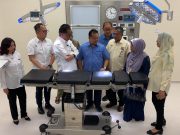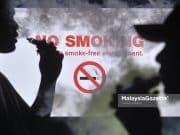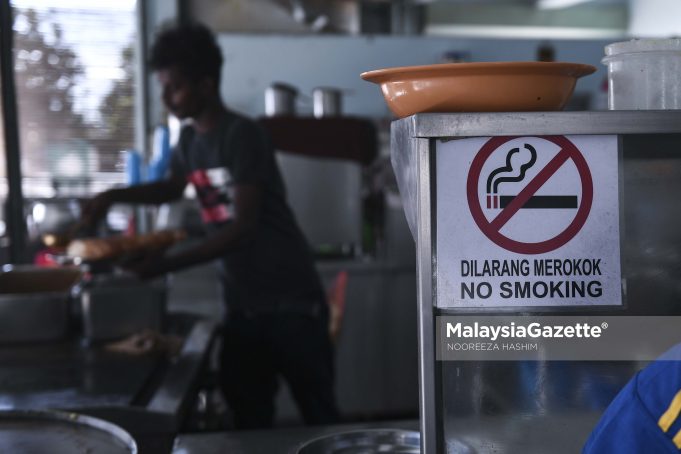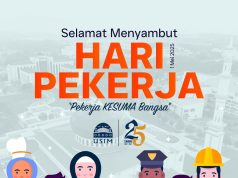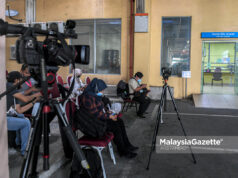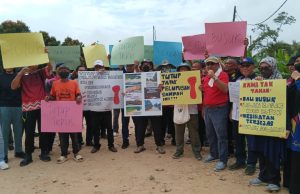By Mohammad Tariqur Rahman
DIRECTLY or indirectly, any policy implemented by the government would impact the citizens. After all, policies are made for the rakyat. There are, however, certain policies that are far from being felt by the ordinary citizens. And some policies remain confidential to ensure the peace, harmony, safety, and security of the citizens.
Nevertheless, getting feedback from the stakeholders is a critical step in policy formulation and implementation. Yet, not all policies are measured by the impact of public opinion. Measuring the impact of public opinion on a given policy, however, is a complex challenge.
In policy discourse “evidence-based policy” is critical and involves rigorous scientific analysis of the impact of public, particularly stakeholders’ opinion. However, it is not as easy as it sounds. Public opinion on a public policy is dynamic and subject to socioeconomic status that includes but is not limited to demographic variables, political worldview, religious affiliation, ethnicity, culture, and locations.
Simply put, while a given policy might be well received by a group of people of a given demographic strata – the same could be rejected by a different group. For example, opinion polls to evaluate policies to define smoke free zones at public
places or the rights of LGBTQ might result in an opposing outcome in favor or against it.
At the same time, public opinion on a public policy might change over time. Given the engagement of the interest groups, policy evaluation is then a dynamic target. The measuring of the impact of public opinion thus is rather a complex challenge that needs
to be conducted at different stages such as before and after (periodically) the policy implementation; at different layers such as interest groups with different backgrounds; and using different approaches such as open survey, focus group discussion, or even public forum.
Evidence from those evaluations at different stages, layers, and of different approaches finally needs a careful scientific analysis. This not only includes a so-called “authoritative evidence” of error-free snapshots of contemporary public opinion in favor or against a policy but also must address how and why public opinion or attitude fluctuates.
The same process of evaluation could be adopted before formulating or proposing a policy. Policymakers might want to identify and prioritize the issues by reaching out to the public, which then could be used as the starting point to adopt a policy. In other words, the need for a public policy could be determined by the need of the public.
For example, if individuals are asked to name their major concerns that they want the government to address – they would come come up with a list of diverse concerns ranging from inflation and living costs, job insecurity, environmental disasters, gaps in income bracket, illegal migrations, infertility, aging, lack of integrity, mental health problems, social media influence, and adoption of emerging technologies such as AI.
Naturally, people tend to use their personal lens to see the problems they face – most often that would come from their immediate concerns. For example, those who are not significantly impacted by the increasing living costs would raise concerns on the perimeter of the environment and technology. On the other hand, those who are struggling for job security would prioritize their concern for the job market rather than the environmental protection and technology adoption.
Indeed, the diverse and dynamic public priority and perception on public policy is a real challenge for the policy makers. It is practically impossible to address all the issues and concerns by the Government. What is then important for the policymakers to reach out to the public and explain their rationale of prioritizing different public interests, one over the other.
Taken together, a meaningful policy originates from the people and then goes back to the same people for the evaluation of its need for continuation or modification. In other words, people need to feel their attachment to the policy from the beginning to the end of the policy making process.
 The writer is the Deputy Executive Director (Development, Research & Innovation) at International Institute of Public Policy and Management (INPUMA), Universiti Malaya
The writer is the Deputy Executive Director (Development, Research & Innovation) at International Institute of Public Policy and Management (INPUMA), Universiti Malaya


